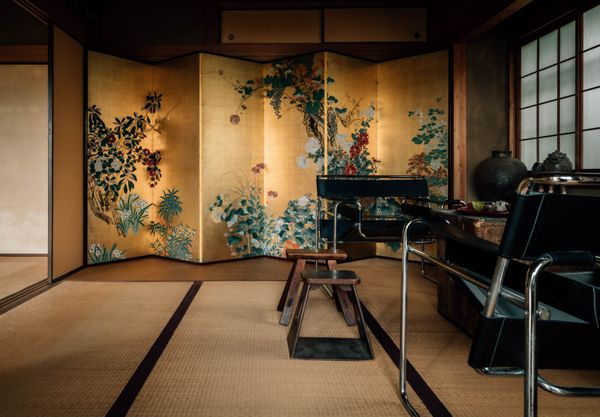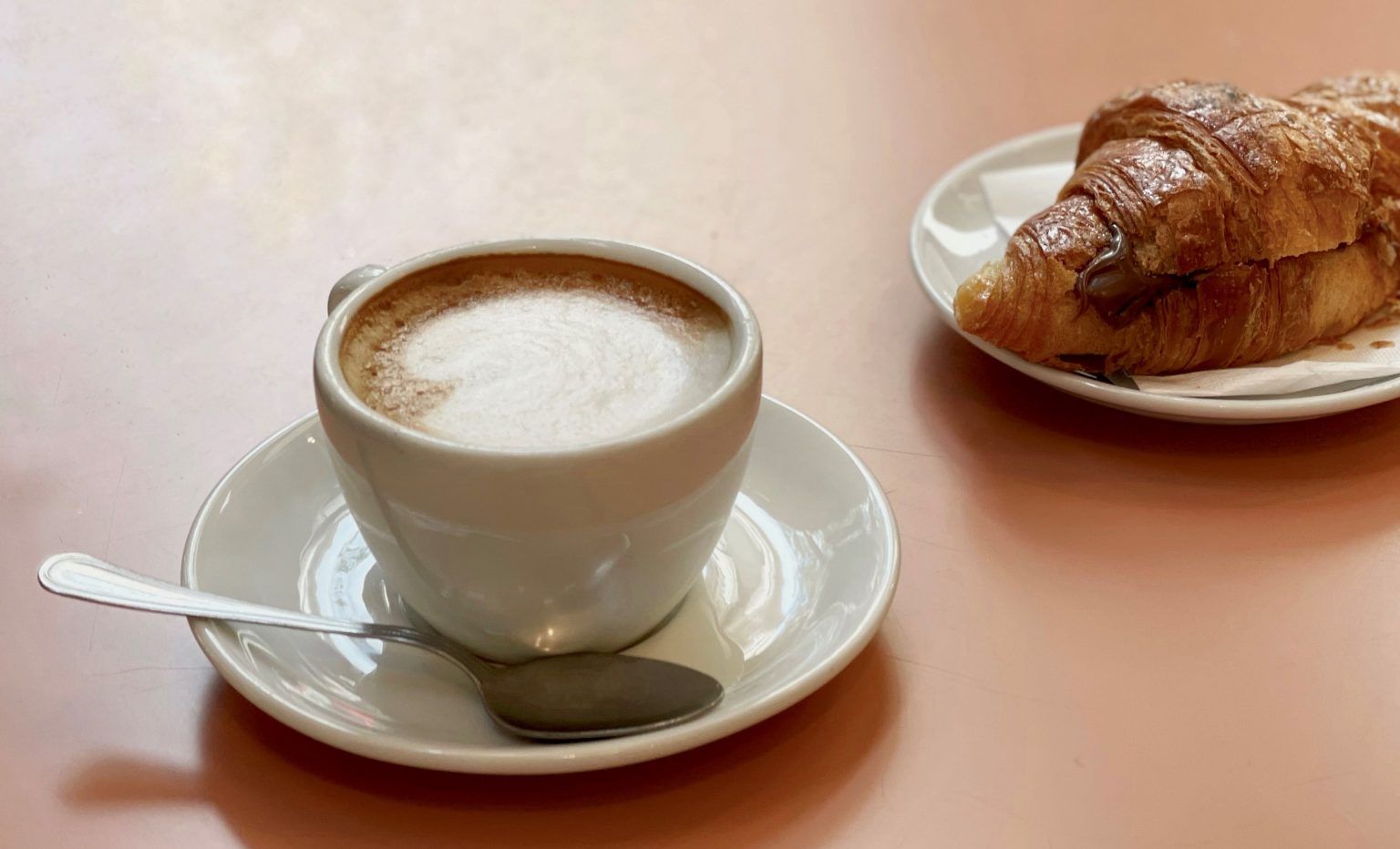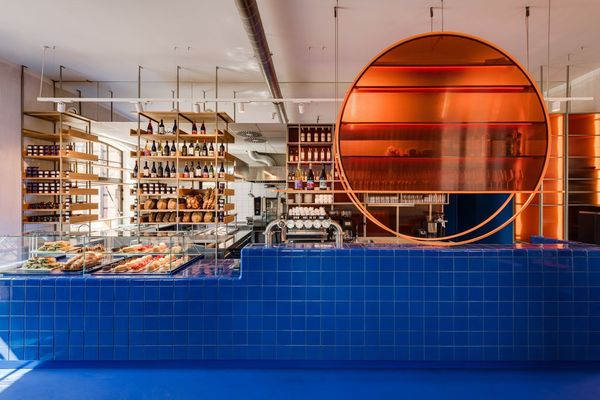There are many ways to live. We can take the path that we should or is customary, that our environment predetermines for us. Or we can hear that certain melody, the voice of our heart, calling us into the unknown—who knows, it may be this unexpected new journey that gives us the comfort of harmony. Because when things fall into place, somehow everything becomes simpler. Sunshine, espresso in a cup, a new home in the promised land. This is the story of Terra Poetica.
Éva Kampler has always been a summer girl. She was born and raised in Szeged, in the Great Hungarian Plain, and really enjoyed herself when the sun was shining. After university, she moved to Budapest and started working in PR marketing. She loved the hustle and bustle of the capital, the challenges of creative work, the walks to the office on Pozsonyi Road under the shady trees of Újlipótváros. But there was something nagging at the back of her mind, a very faint absence—her life was actually going well, but somehow she felt that she was not living her own destiny, that her soul had been left behind somewhere along the way.
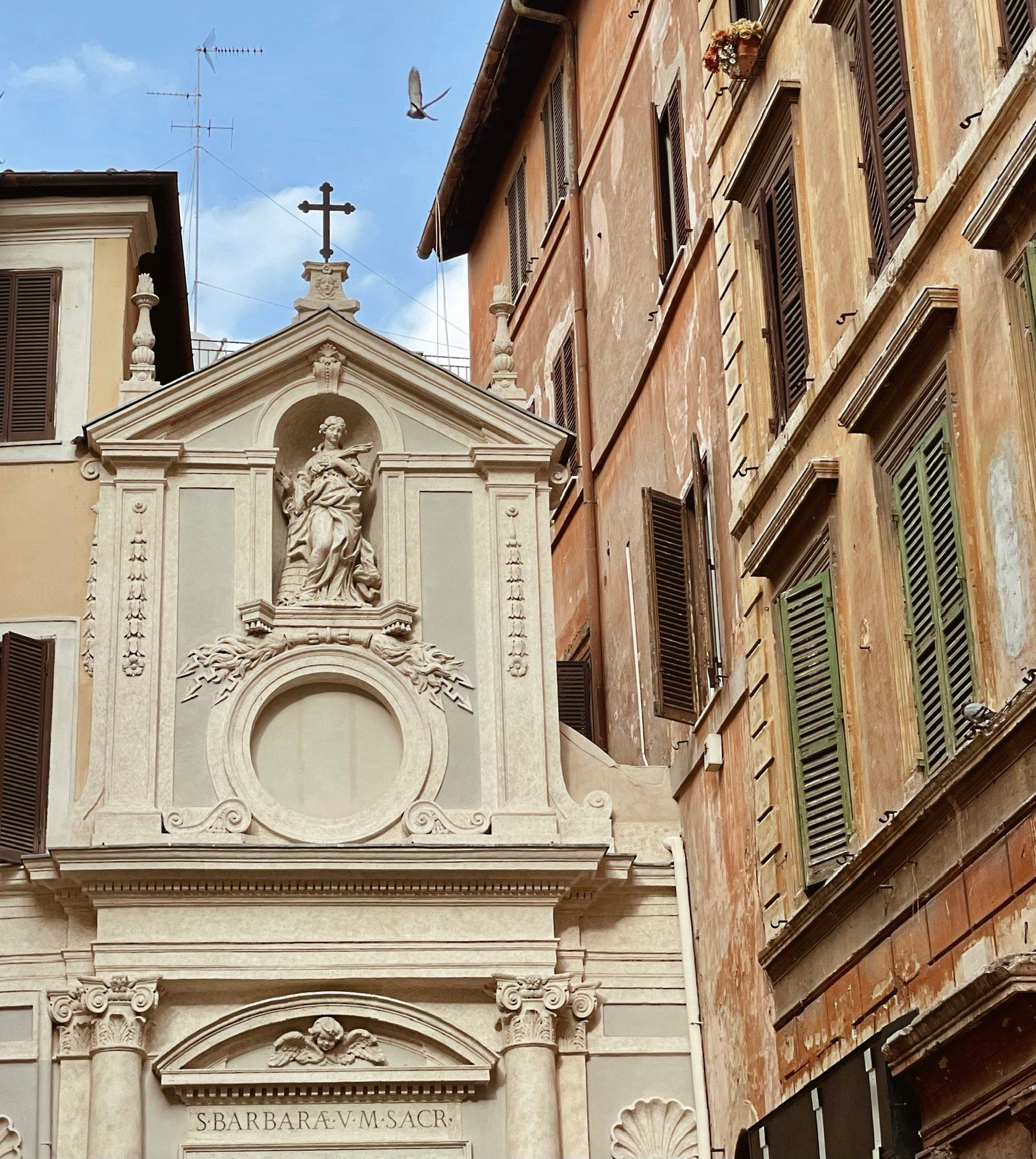
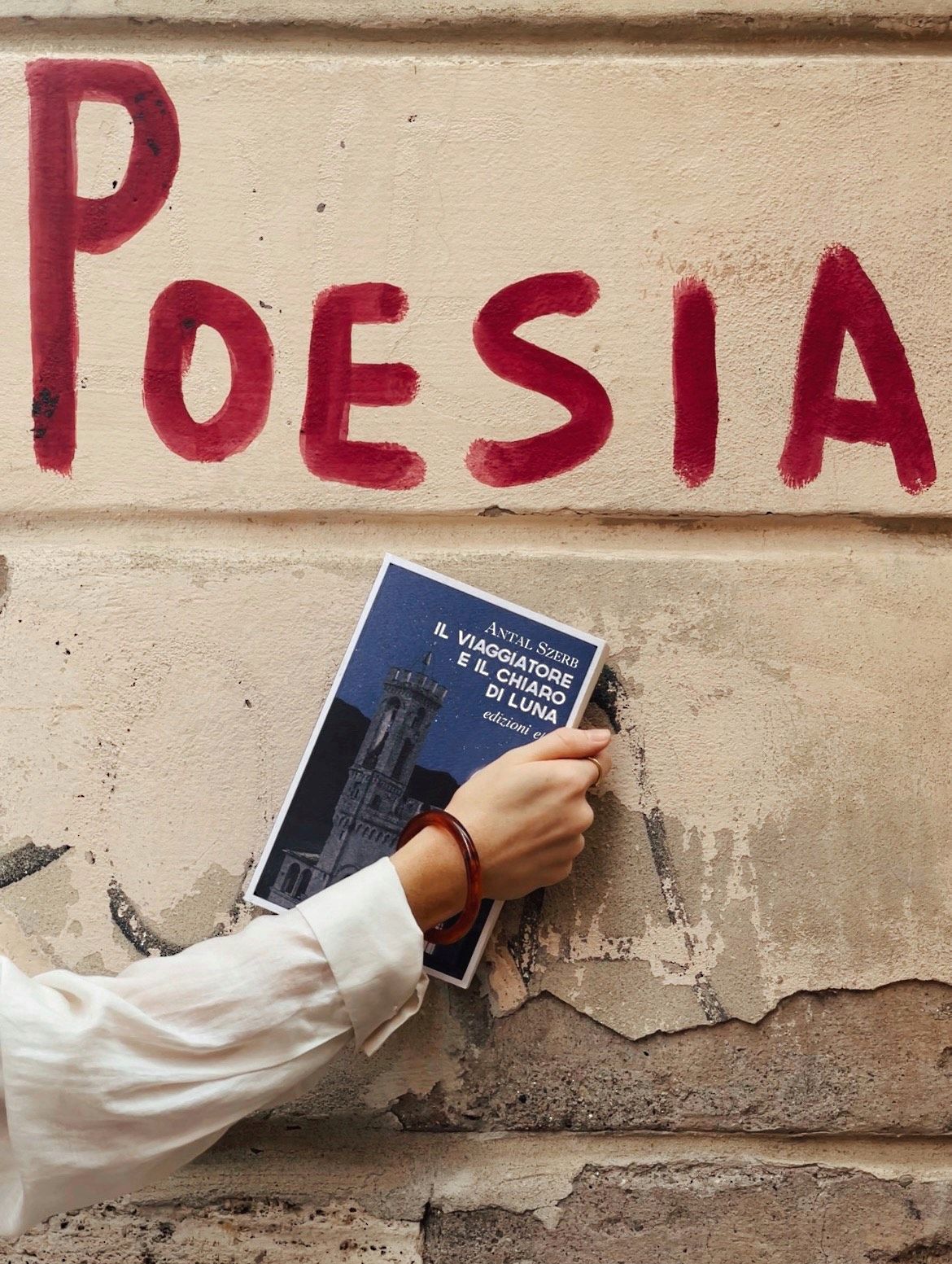
At the time, she was working in an open office, and on a noisy day, she chose to listen to music instead of chitchat when an Italian song came on. Something sparked inside her as if an ancient call had come to her—she found what she was looking for. Having previously studied French, she immediately asked her old teacher if she knew of a colleague who taught Italian, and soon she was digging through the textbooks. In the meantime, Covid came along, but that didn’t put her off, and she reached another milestone: she had always had a love of gastronomy, her grandfather was a chef, so she did a culinary arts course at the Culinary Institute of Europe, and at the same time wrote a gastronomy column for an online magazine about seasonal dishes and recipes. She did an internship in the Káli Basin, at the Kővirág restaurant, where she experienced what it’s like when your movements speak, your hands dictate, not your mouth, and people want to know how you create what you imagine in reality.

She was on her way but had not yet arrived. Last January, she came across an opportunity for an English-language course in Roman gastronomy, to which she applied—and won. Without any major fuss, she packed her bags and moved to the Italian capital to soak up all that the land of dolce vita has to offer in a multicultural society. The greatest experience for her was everyday life, the fleeting moments, human gestures, sounds, tastes, smells, and fragments of fate she witnessed. To see behind the scenes, to dismantle the consensual Italian clichés, and then to show them to others was a refreshing thought for her. Because sure, there’s pasta and pizza, there’s hectic traffic, there’s emotional, loud communication, there’s Bialetti and Vespa, but there’s a lot more. There are bright tomatoes at the small farmers’ market, old men with newspapers on the terrace, traditions that span generations, there is maritozzo stuffed with whipped cream that you can’t eat nicely, only with pleasure, there is mist in the South, wind in the North. New windows on the world have opened up for her, bringing a renewed focus on storytelling and aesthetics beyond clichés. She started writing the Terra Poetica blog to make her mark and show what life is like here when it is very real.
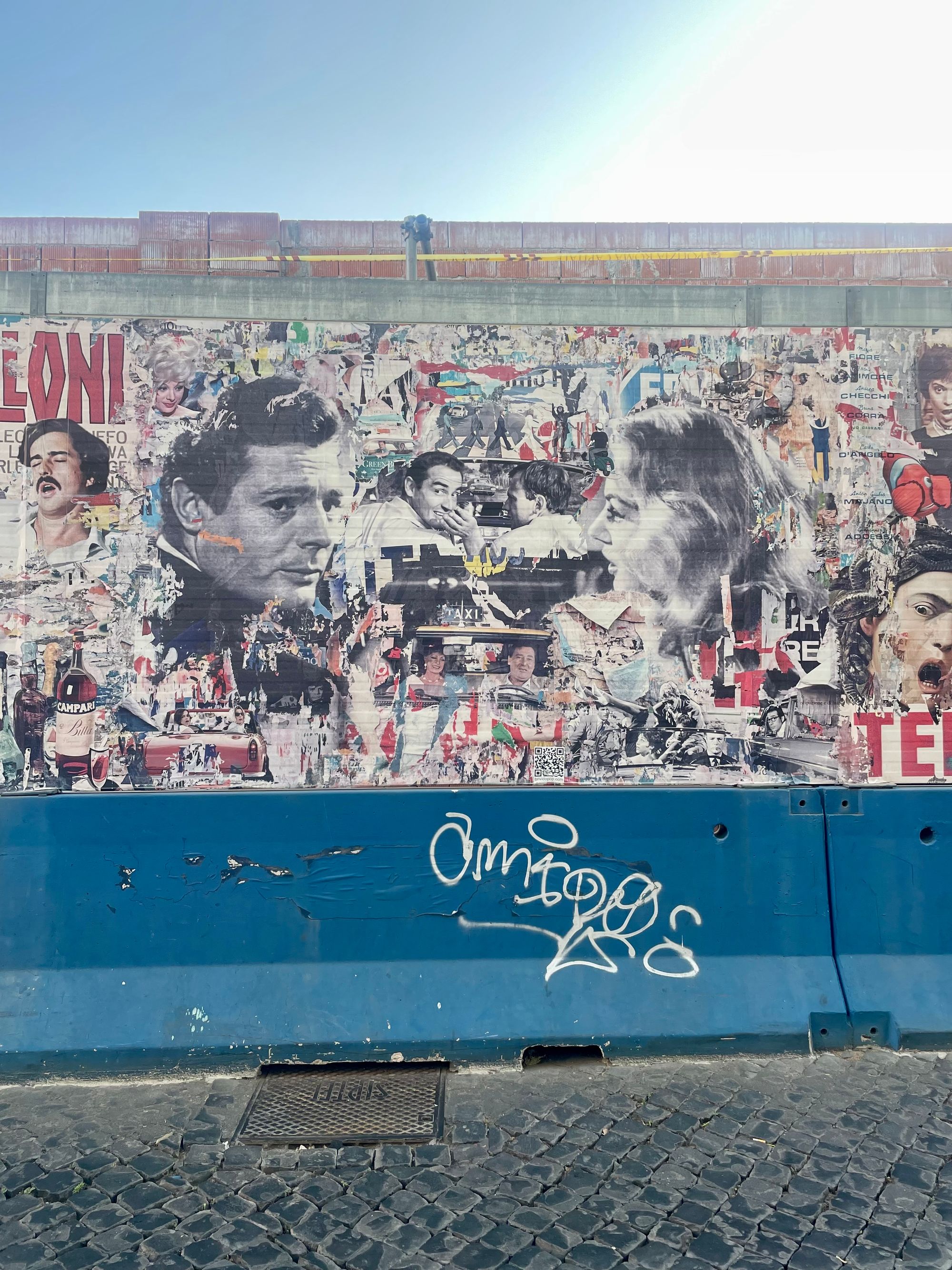
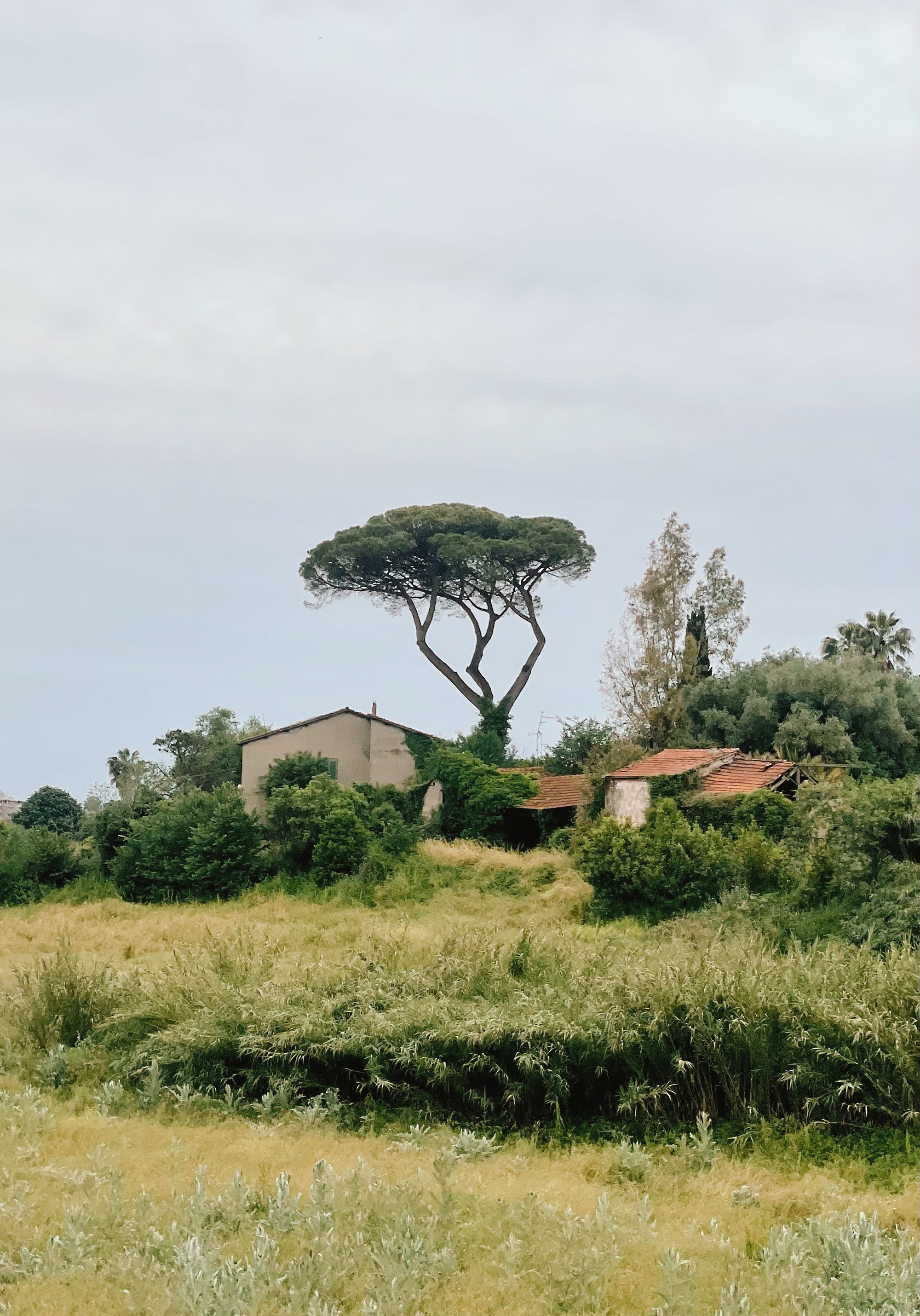
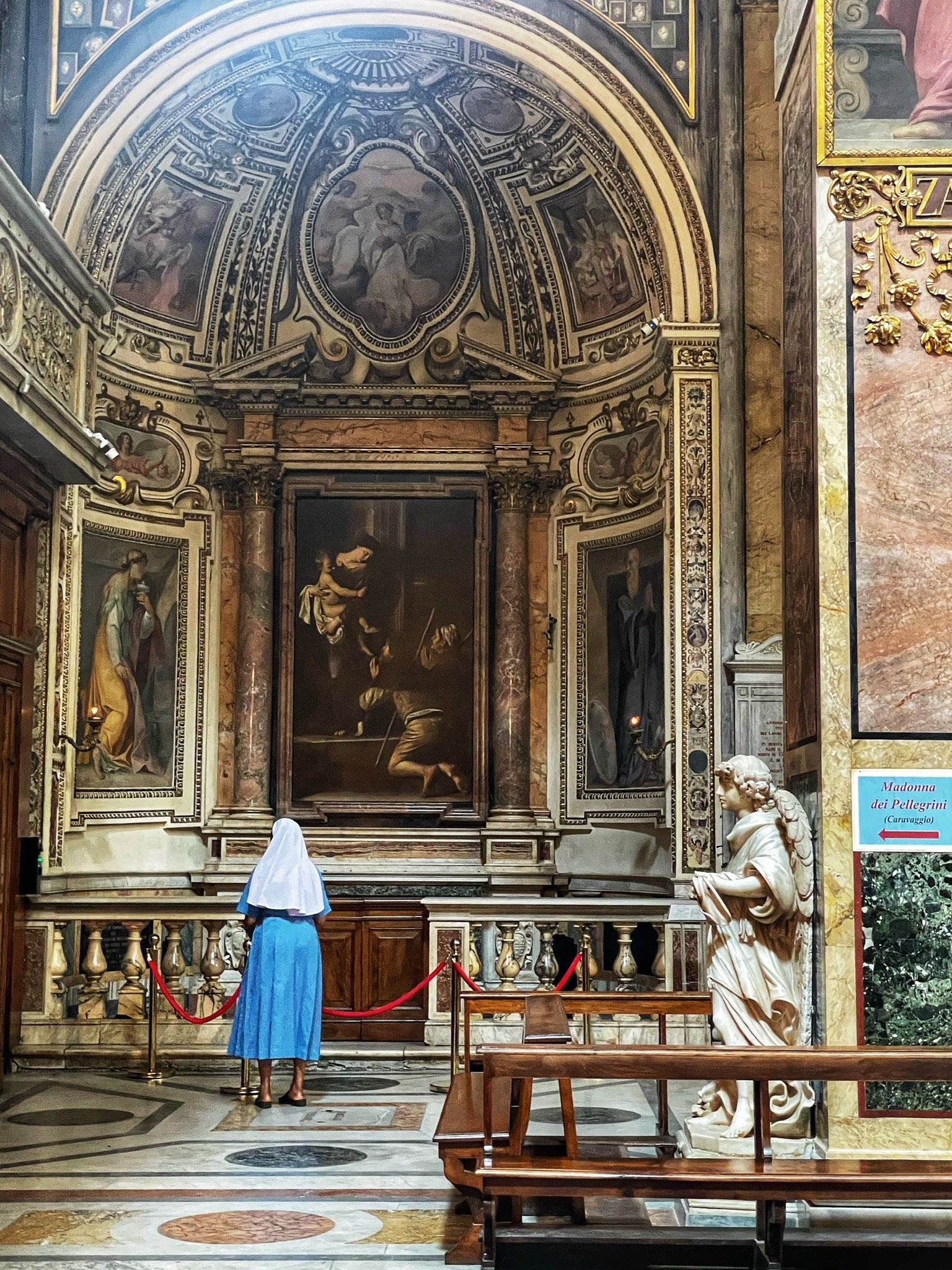
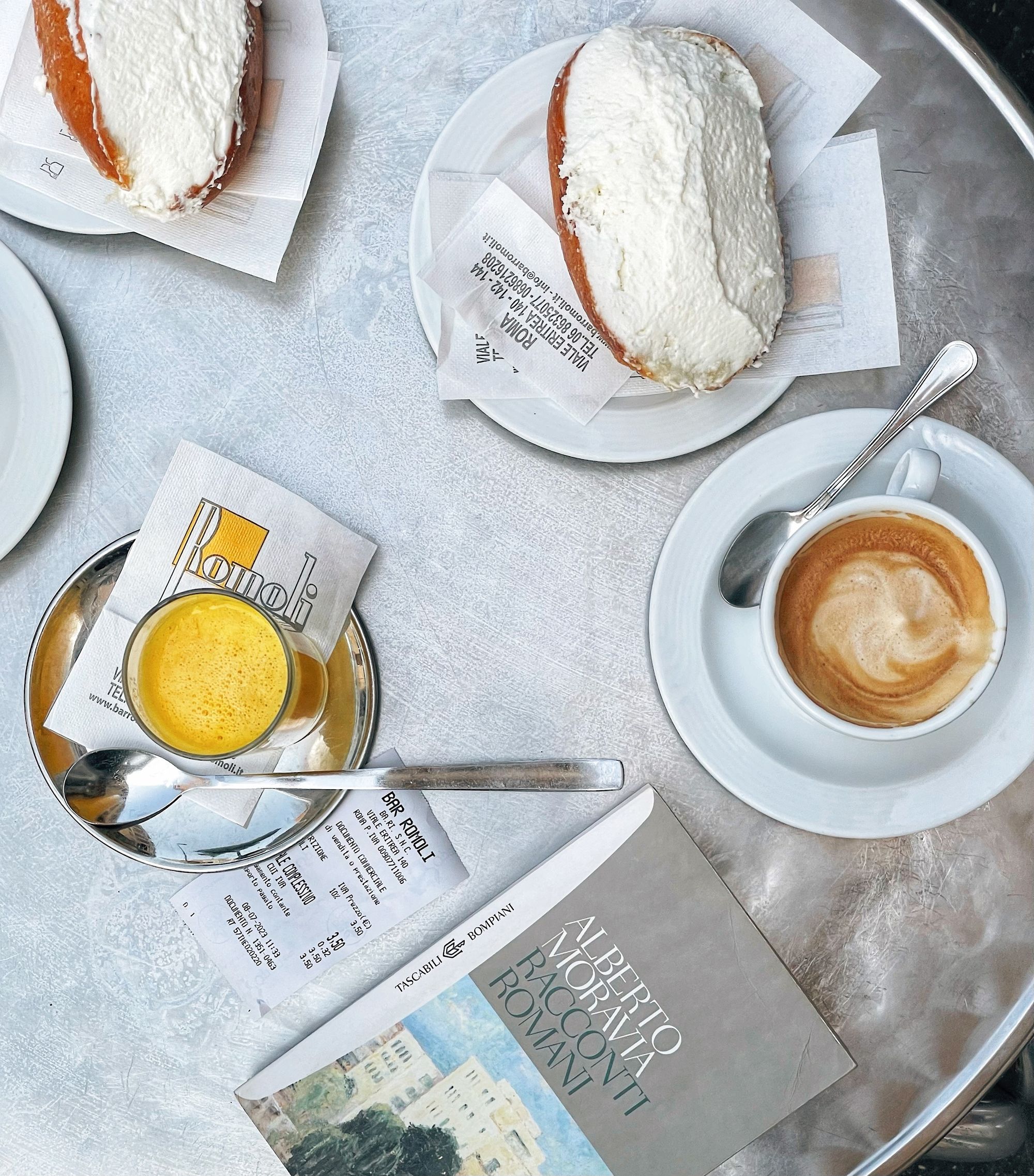
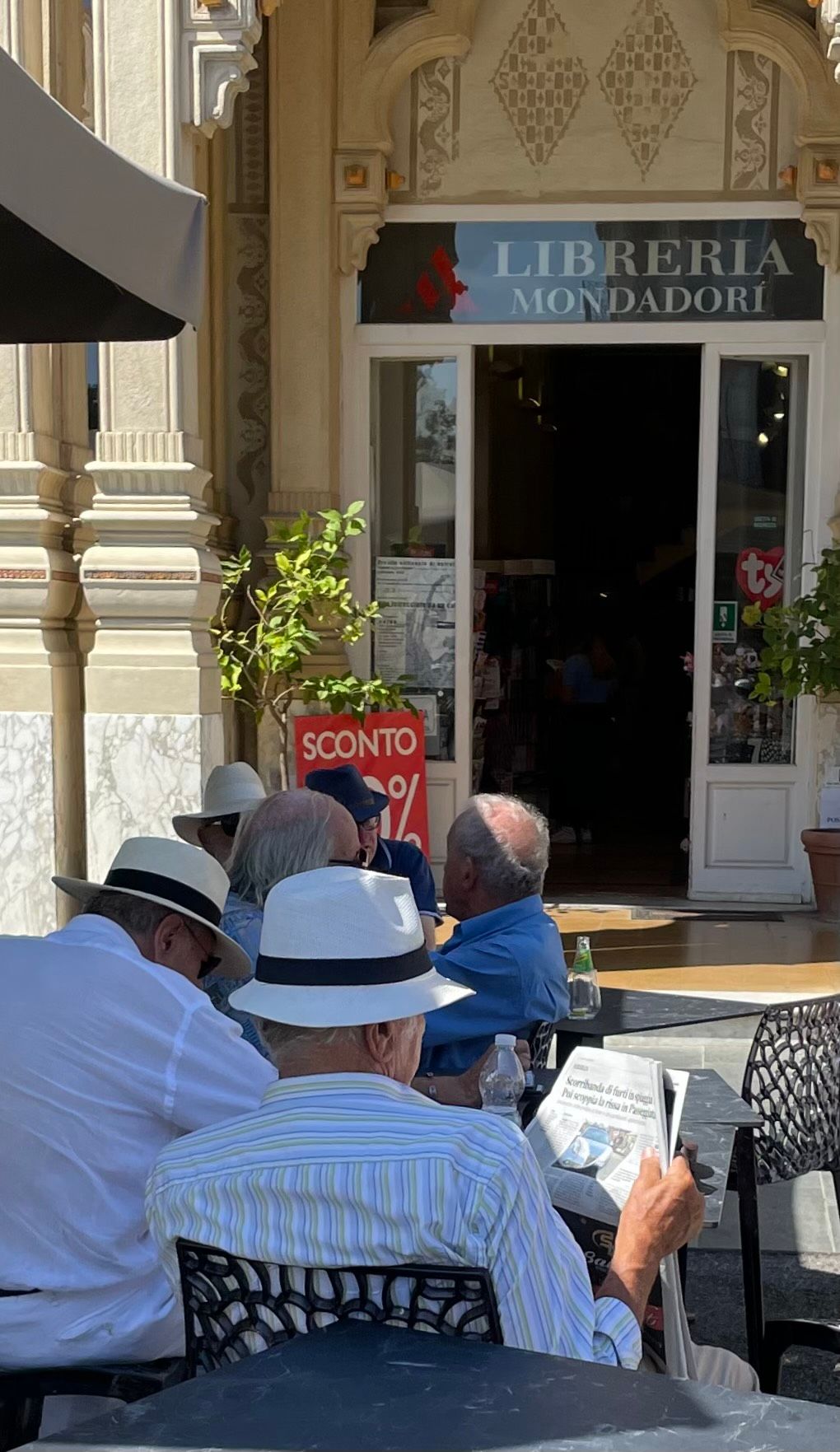
The course leader, Camilla, and her family run a castle near Florence, Castello di Volognano, where she invited some of them for a week-long camp. During the program, they visited the wineries and gastronomic realities of the area, and in the evenings sat around the castle's large dining table with a special dinner guest. They had to introduce themselves, and he mentioned Terra Poetica at one point, which immediately caught the attention of the audience: so much so that it ended up getting him a job, as he was offered a marketing and communication partnership with the castle. Almost as suddenly, the idea of the Gestikuli card game was born, which she created together with her childhood friend Veronika Róza Háló. She dreamed of an object that could bring Italian culture closer to everyone in a compact yet tangible way, and the famous hand gestures with the right expressions provided the perfect basis.
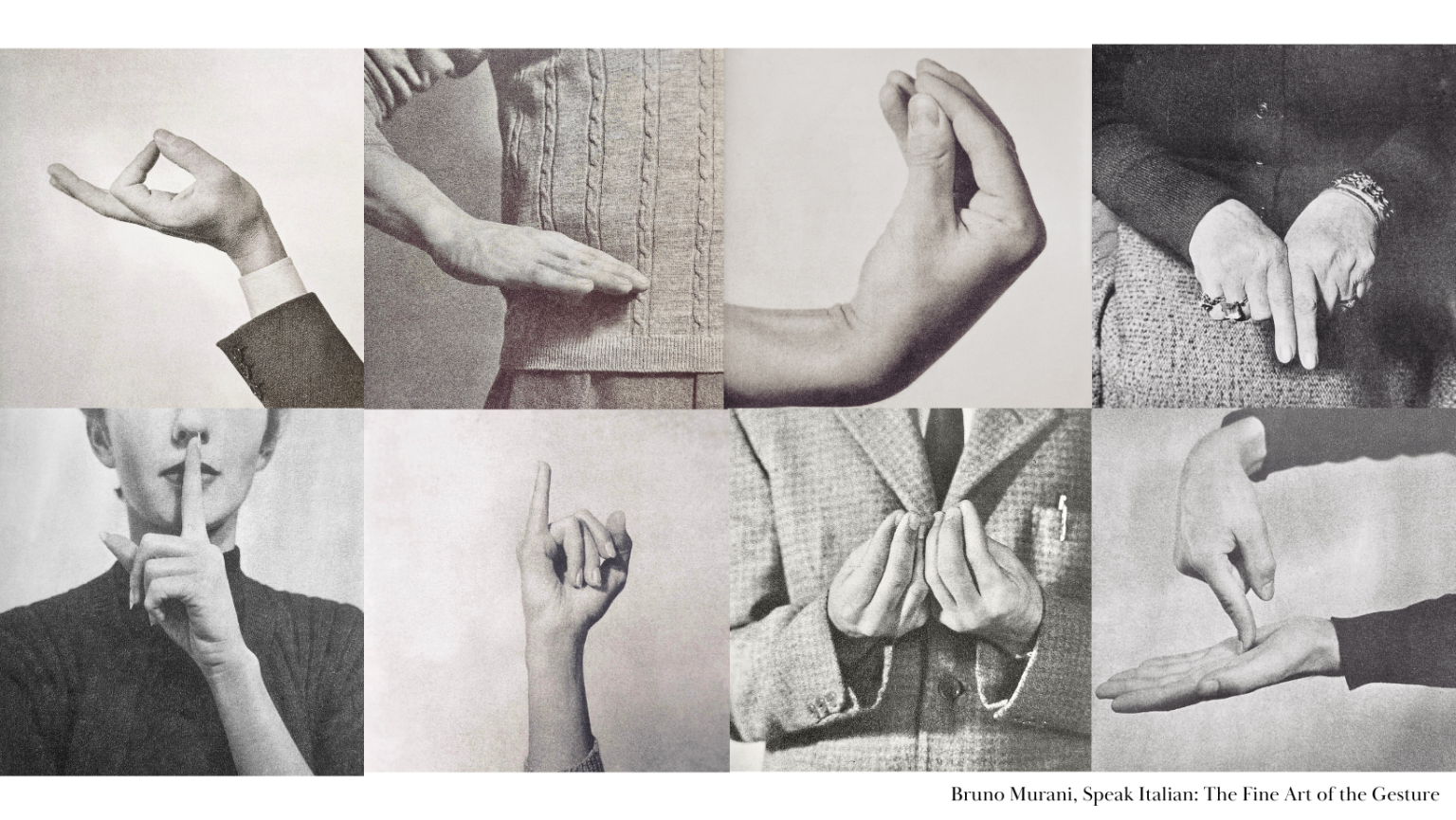
In the same way, she wondered if it would be worthwhile to hold a walking tour to show her fellow travelers Rome or other cities through her own glasses—and the next day an email landed in her inbox asking about it, even though it hadn’t been announced. She accepted, which turned out to be an enlightening occasion, full of experiences and even more inspiration. It became important for her to show how Hungarian and Italian cultures meet at the intersection, as the two countries are surprisingly similar in many ways. As Antal Szerb and the Journey by Moonlight hold an important place in her heart, she decided to create a program based on this, which she is currently polishing up.
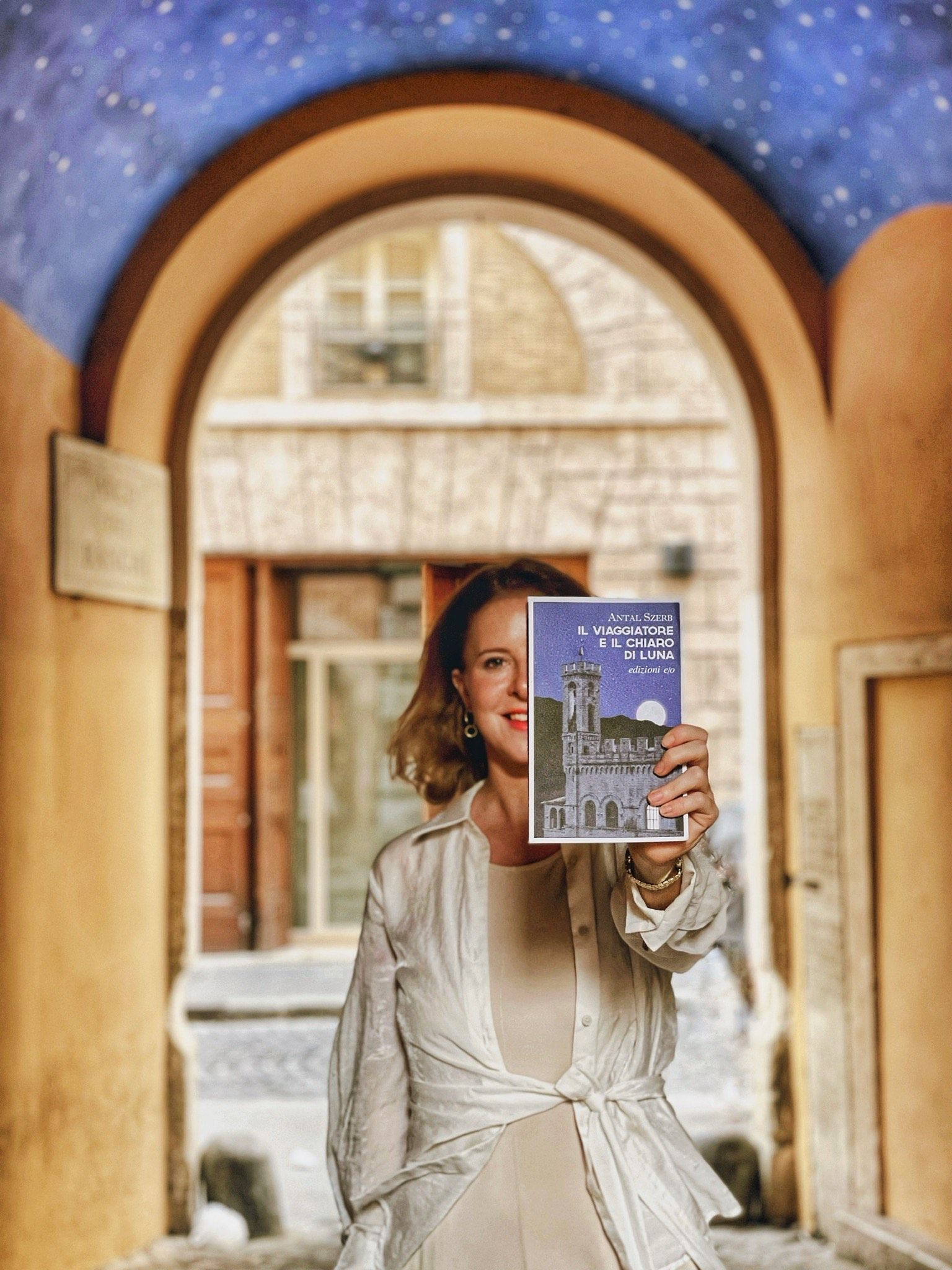
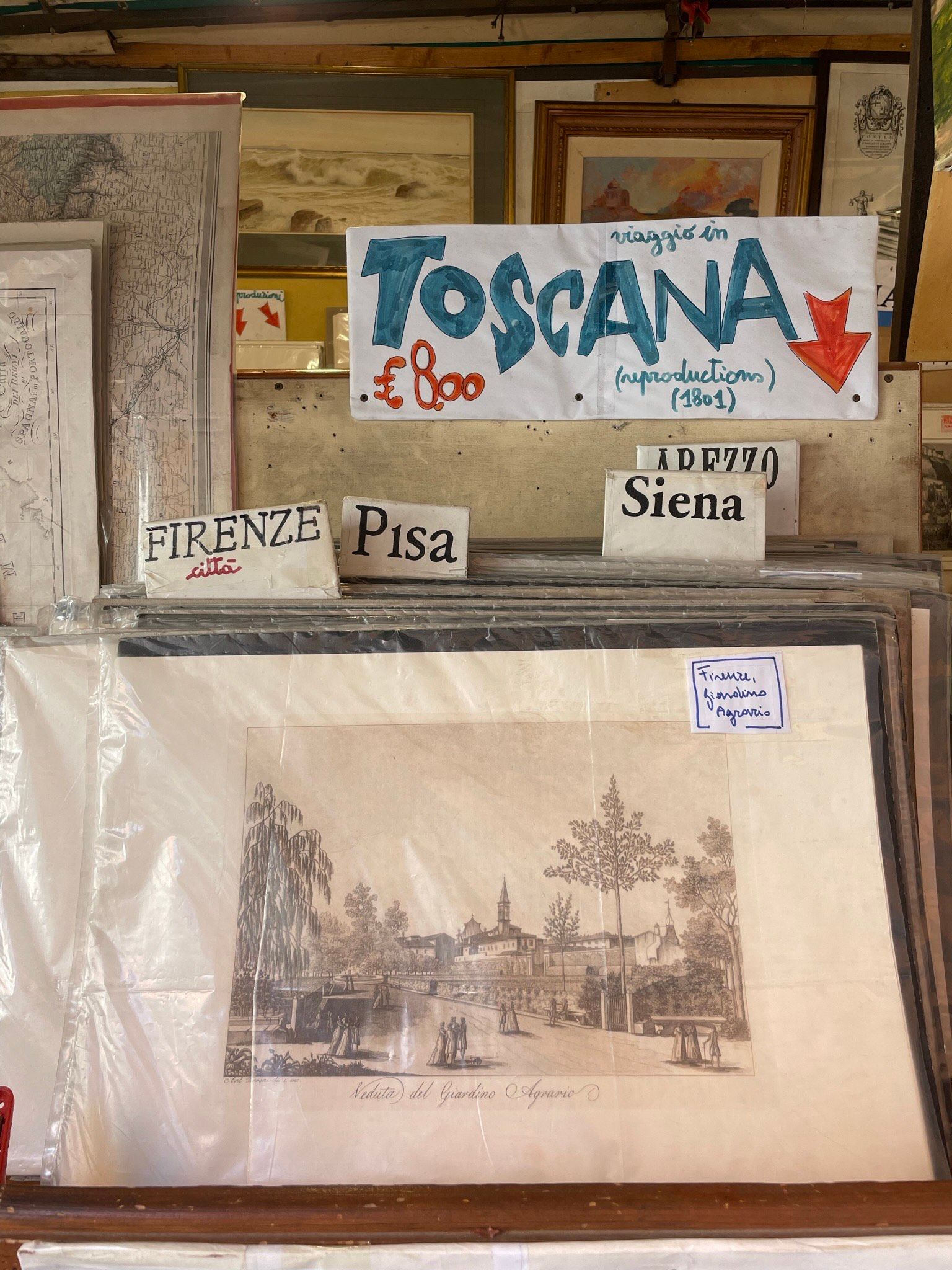
Its motto since then has been 'Una storia sulla pura bellezza', or 'A story of pure beauty'. The story is not always easy, of course, and she is often stymied, but as she says, it is not the perfect thing to look for, but what we think will make us happy and warm us. And this, I think, is the best example of what it is like to see the path through the noise and start in the right direction - however unexpected or challenging, our hearts show us the way and life holds us.
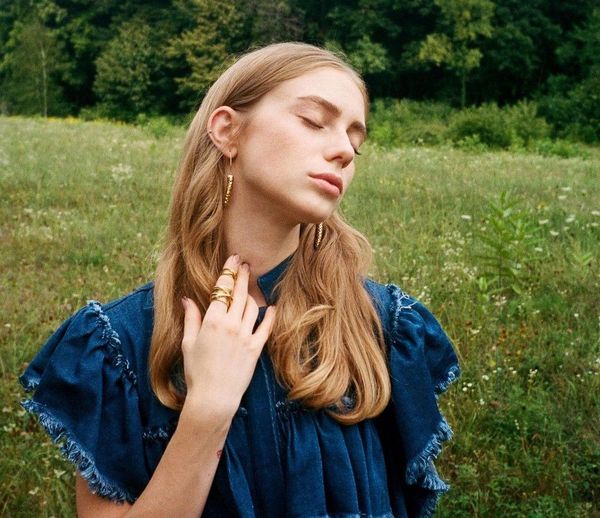
“A wheat head in the ear, a jug of water around the neck” | Yuval’ Studios
